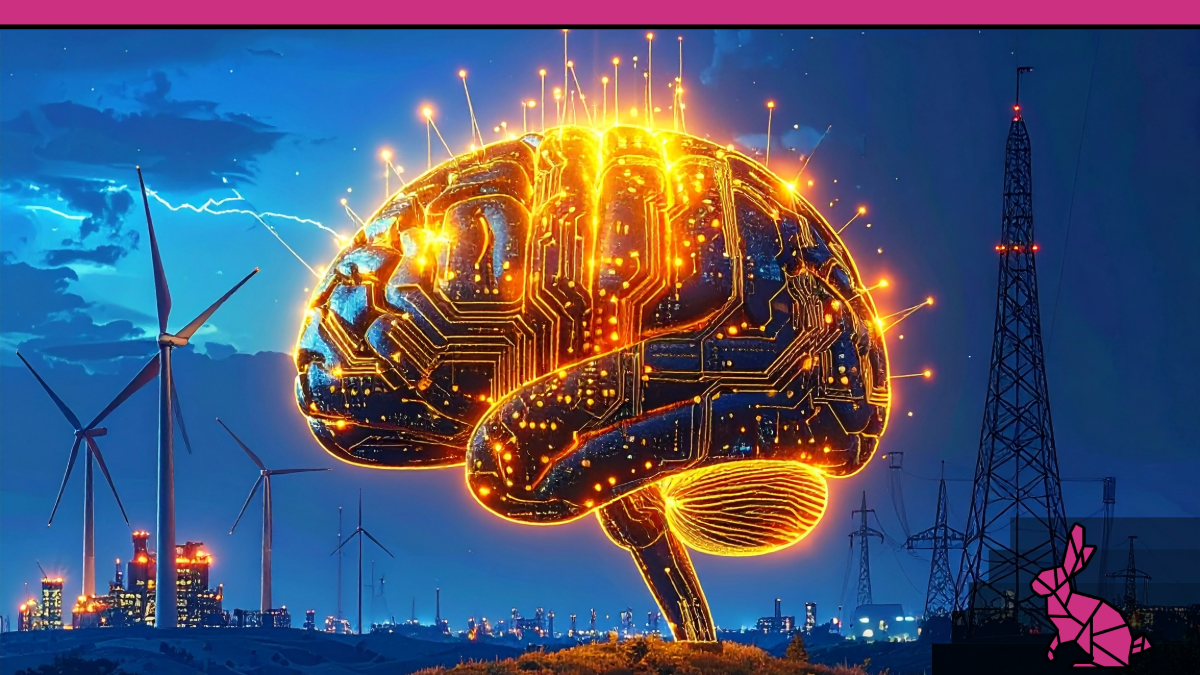
The Bottleneck That’s Stalling the AI Revolution: Growth Outpacing Power Supply
Share
The AI Energy Crunch: Facing Real Constraints with Bold Tech Solutions
The relationship between AI compute and energy is no longer linear—it’s explosive. Global electricity demand from data centers is projected to more than double by 2030, reaching about 945 terawatt-hours (TWh)—roughly equal to Japan’s entire electricity use today. Within that, AI-optimized data center workloads are expected to quadruple by 2030. This demands infrastructure scaling not just in compute but in power delivery, distribution, cooling, and grid integration. In the U.S., compute demand may approach 100 gigawatts (GW) of new load by 2030, with data center demand growing from ~35 GW today to 78 GW by 2035. Data centers might rise from 3–4% of U.S. power demand now to 11–12% by 2030. These shifts are reshaping the electric grid’s operating horizon.
Real-World Grid Risks & Power Constraints
The grid is already strained. Interconnection queues in many regions stretch to 4+ years for new capacity access. Transformer upgrades, circuit breakers, and line capacity are decades old in many markets. In Texas’s ERCOT, building new long-distance transmission to support data centers could cost $30 billion in upcoming years. The compute isn’t the only limit—it’s the ability to bring power to the compute.
Sustainability Strains: Water, Carbon, & Hidden Costs
Energy discussions must account for water and carbon. Many data centers use evaporative cooling or water-based heat exchange, and water is already stressed. AI’s water use might climb to 106.8 billion liters by 2028, an 11× increase, with harsh impacts in arid regions. On carbon, AI growth risks outpacing decarbonization gains, potentially increasing emissions if efficiency doesn’t keep up. However, some firms are embedding carbon-intelligence into deployment, matching models with carbon-efficient hardware to reduce waste.
Efficiency Gains: Engineering Progress at Work
The urgency is real, but doom is not inevitable. Over the past decade, large language model (LLM) inference energy efficiency has improved by 100,000×, showing room for further optimization. Smaller, task-tailored models combined with techniques like pruning, quantization, and knowledge distillation can reduce energy use by over 90% for tasks like translation or summarization. Hardware advancements, such as AI-designed chips, power capping, and superconducting chips, promise 10–25× performance-per-watt improvements. System-level innovations like high-power racks, adaptive cooling, and demand-response strategies further enhance efficiency.
The Crypto-AI Intersection: Tokens, Compute, & Energy Markets
Tokenizing compute is gaining traction. Projects are exploring markets where GPU capacity and power are traded, democratizing access to energy-efficient hardware. These models internalize energy and carbon costs, creating incentives for efficient deployment and lowering barriers for new participants.
Pushback, Skepticism & False Narratives
Some argue the energy apocalypse narrative risks pushing fossil-fuel-intensive solutions or scaring off investment. While AI energy use may only be ~2% of global electricity in 2025, it could double by 2030. Forecasts vary, and transparency is weak—many providers don’t disclose per-workload energy or water use. Better data disclosure is critical for informed planning.
Forward March: Engineering Abundance, Not Austerity
This is a technological frontier, not a collapse. The path forward includes:
- Layered efficiency: Stack model, system, hardware, and infrastructure optimizations for compounding gains.
- Right-size compute: Use compact models for tasks like summarization or translation, reserving large models for essential cases.
- Co-locate compute and energy: Build AI campuses near abundant, clean power sources like renewables or nuclear plants.
- Demand flexibility: Enable data centers to throttle load during grid peaks.
- Standards and accountability: Establish industry-wide metrics for energy, water, and carbon use per query.




